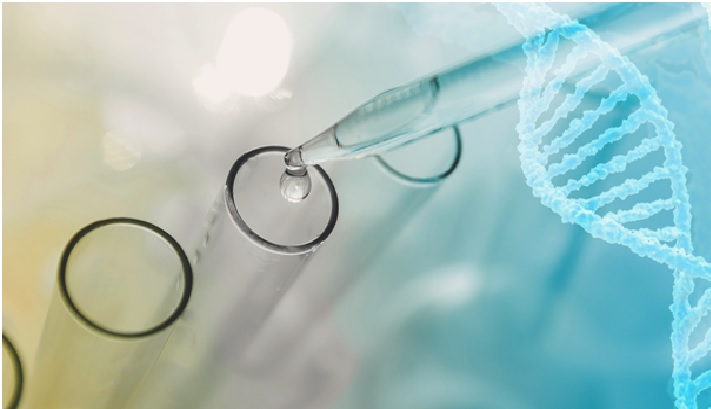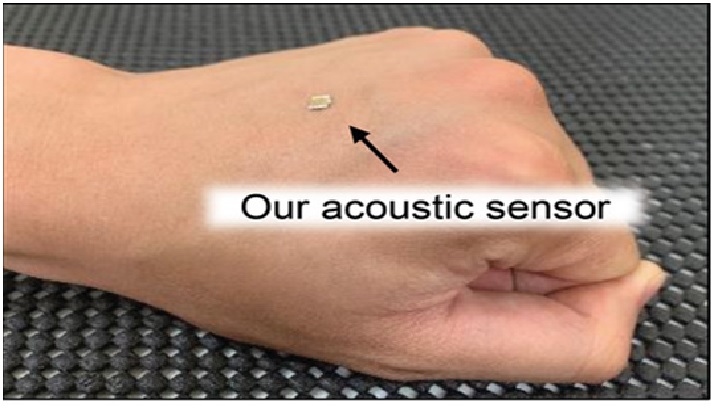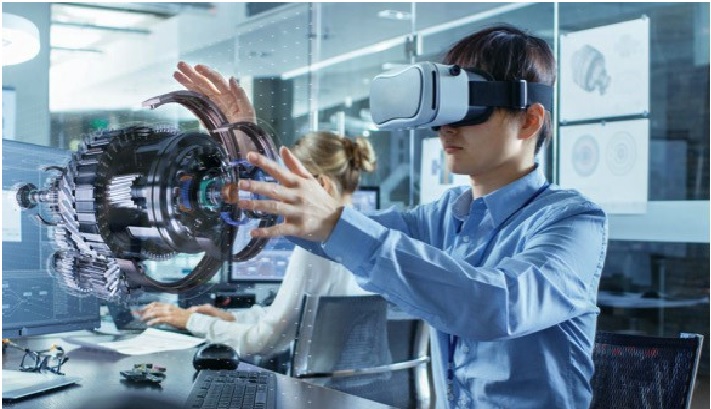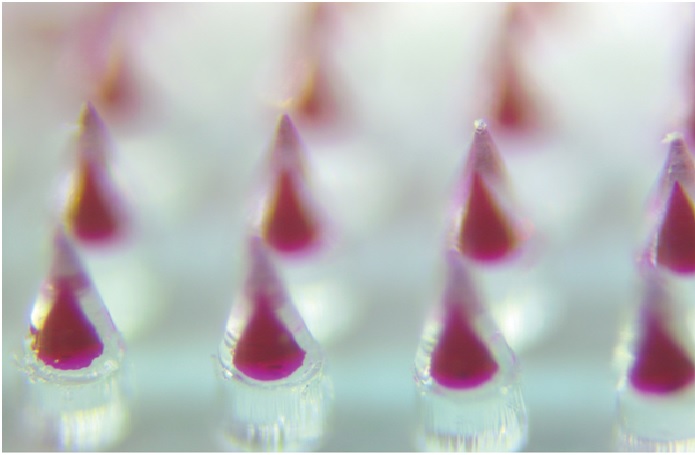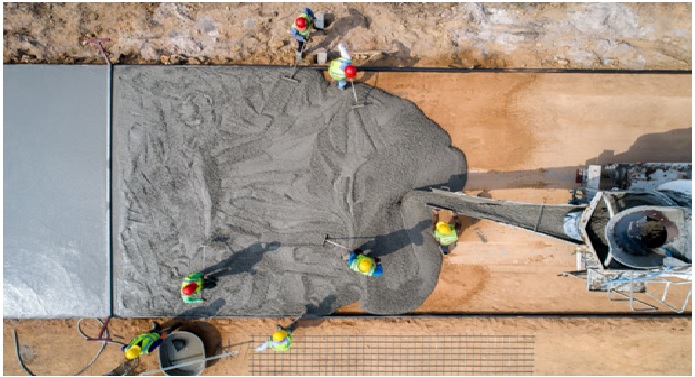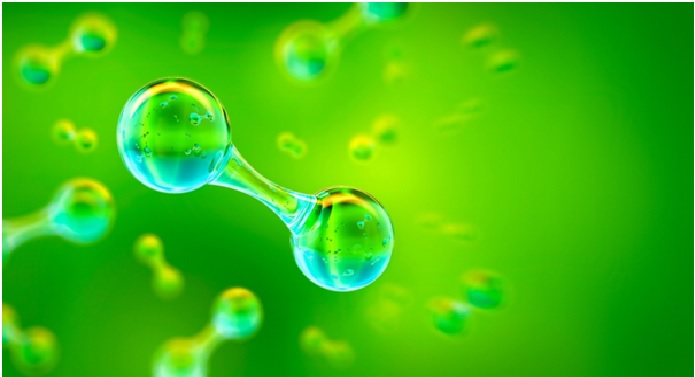The Advanced Technology of Biosensor
The term “biosensor” is short for “biological sensor.” The device is made up of a transducer and a biological element that may be an enzyme, an antibody or a nucleic acid. [1] The bioelement interacts with the analyte being tested and the biological response is converted into an electrical signal by the transducer as shown in figure 1.

Figure 1: The working process of biosensor [2]
Depending on their particular application, biosensors are also known as immunosensors, optrodes, resonant mirrors, chemical canaries, biochips, glucometers and biocomputers. A commonly cited definition of a biosensor is:
“A chemical sensing device in which a biologically derived recognition is coupled to a transducer, to allow the quantitative development of some complex biochemical parameter.”
The combination of biological sensitive element and a transducer will convert the biological material into a corresponding electrical signal. Depending on the type of enzyme, the output of the transducer will be either current or voltage.
If the output is voltage, then well and good. [3] But if the output is current, then this current should be converted into equivalent voltage (using an Op-Amp based current to voltage converter) before proceeding further.
The output voltage signal is usually very low in amplitude and superimposed on a high frequency noise signal. So, the signal is amplified (using an Op-Amp based Amplifier) and then passed through a Low Pass RC Filter.
This process of amplifying and filtering the signal is the job of a Signal Processing Unit or a Signal Conditioning Unit. The output of the signal processing unit is an analog signal that is equivalent to the biological quantity being measured.
The analog signal can be displayed directly on an LCD display but usually, this analog signal is passed to a Microcontroller, where the analog signal is converted into digital signal, since it is easy to analyze, process or store a digital signal.
Biosensor Advantages
References:
- https://www.news-medical.net/health/What-are-Biosensors.aspx
- https://symbiosisonlinepublishing.com/chromatographic-science/chromatographic-science17.php
- https://www.electronicshub.org/types-of-biosensors/
- https://www.etechnog.com/2019/08/biosensor-applications-uses-examples.html
Cite this article:
Vinotha D (2022), The Advanced Technology of Biosensor, AnaTechMaz, pp.210



